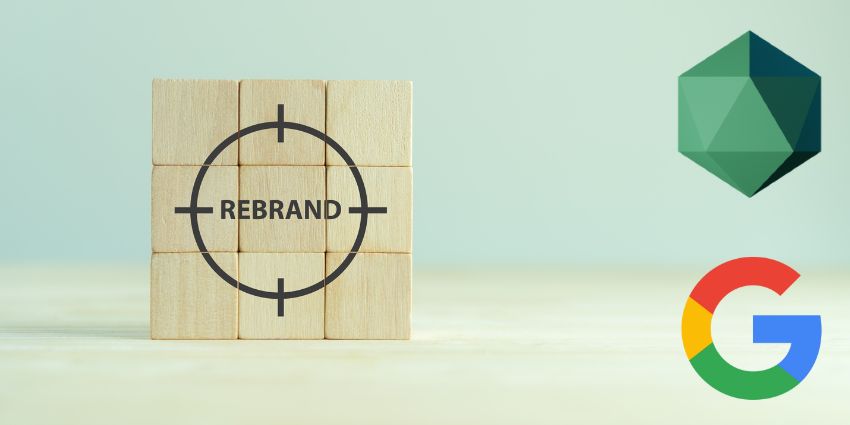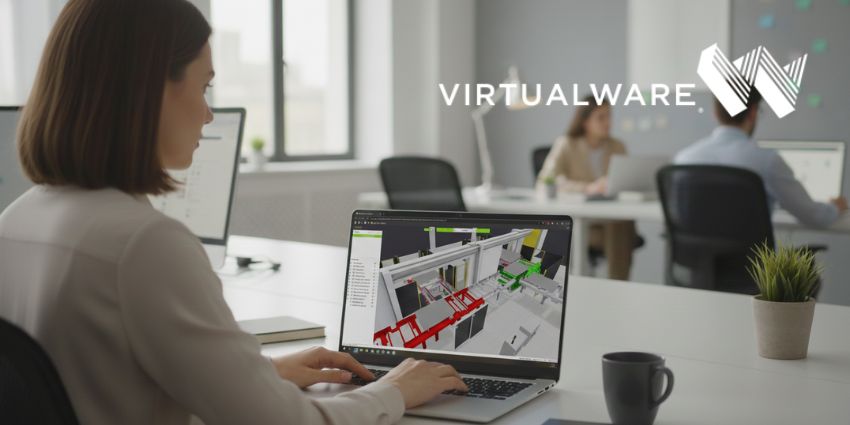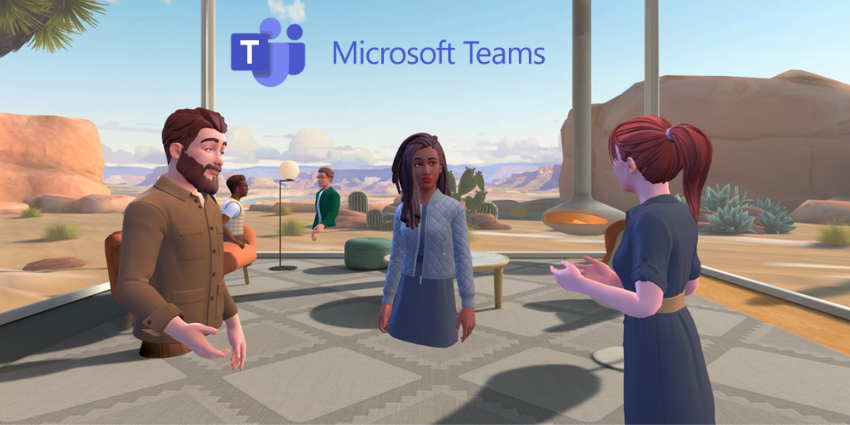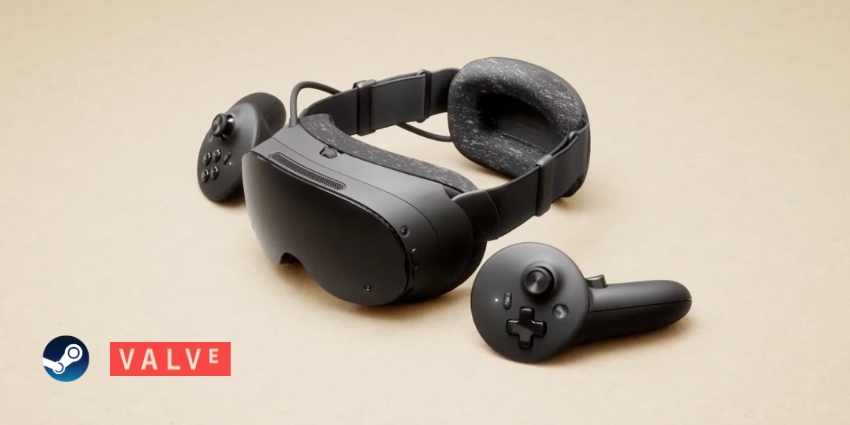The VR modelling tool Google Blocks is now available as an open-source version under the name of Open Blocks.
- Google AR Glasses: Is This the Return of Google Glass?
- Google and Magic Leap Form XR Partnership
- Google I/O 2024: The Latest XR Updates from Google
According to the computer graphics news website CG Channel, the original version can still be accessed via Steam and the Meta store, but it is no longer receiving updates.
Now, the global developer community Icosa Foundation is maintaining Open Blocks, while it continues to run Open Brush, an open-source version a former Google VR sketching tool Tilt Brush.
Mike Nisbet, Unity Engineer at SideQuest and Icosa Foundation Team Member, expressed his enthusiasm to be working on Open Blocks when the news landed that it was being open-sourced last month:
“We’re thrilled to see Blocks join Tilt Brush in being released to the community, allowing another fantastic tool to grow and evolve.
“We can’t wait to take the app to the next level as we have done with Open Brush.”
Open Blocks
In an Open Blocks Docs blog post, it reveals that Open Blocks will soon be available on Steam, as the original version is too.
Until then, you can access pre-release builds via pre-release builds on GitHub.
Icosa Foundation invites users to share their feedback through the free communication app Discord.
It has also outlined its roadmap for the coming months, which will begin with switching to use the OpenXR framework and Unity input system, allowing Icosa Foundation to target a greater range of XR devices.
Next, it will look to create a ‘standalone XR port’ and enable Open Blocks on Quest and Pico.
Beyong this, it is planning to add gITF import support, new base shapes, an updated colour palette, and support for Icosa Gallery.
Ultimately, it hopes to create a ‘full modelling suite’ that adds greater controls over materials, texturing support, and tools from CSG pipelines.
The Launch of Google Blocks
Google blocks was introduced in 2017. It was originally released for the HTC Vive and Oculus Rift.
Blocks was designed to model VR experiences through something more akin to building with children’s blocks than traditional 3D modelling software.
By using a set of shapes, colours and an easy-to-use tools, users of all skill levels are quickly able to create almost any VR experience imaginable, from small details like a slice of watermelon to complete scenes.
Creations could then be exported as an OBJ for use in AR or VR apps, and they could be shared to the web or turned into animated gifs.
Jason Toff, Group Product Manager at Google, introduced Google Blocks via a company blog post: “Today, it takes complex software and a specific skillset to create compelling VR and AR experiences.
“That software also requires building 3D objects on a 2D screen—something our brains aren’t wired to do.
“It occurred to us that creating the objects while in virtual reality could make this easier.
“So we developed Blocks, a VR app for the HTC Vive and Oculus Rift that lets you easily create beautiful, 3D objects in no time.”
Open Blocks is compatible with Windows 7+ and it can be used in VR mode with a headset compatible with SteamVR like a Windows or HTC mixed reality headset.
Anyone can use, share, and make changes to the Blocks code, provided they adhere to the Apache 2.0 license, which it has been released under.
To access the source code itself, you simply need to go to Google’s github repo, which contains the archived repository of Google Blocks source code.







